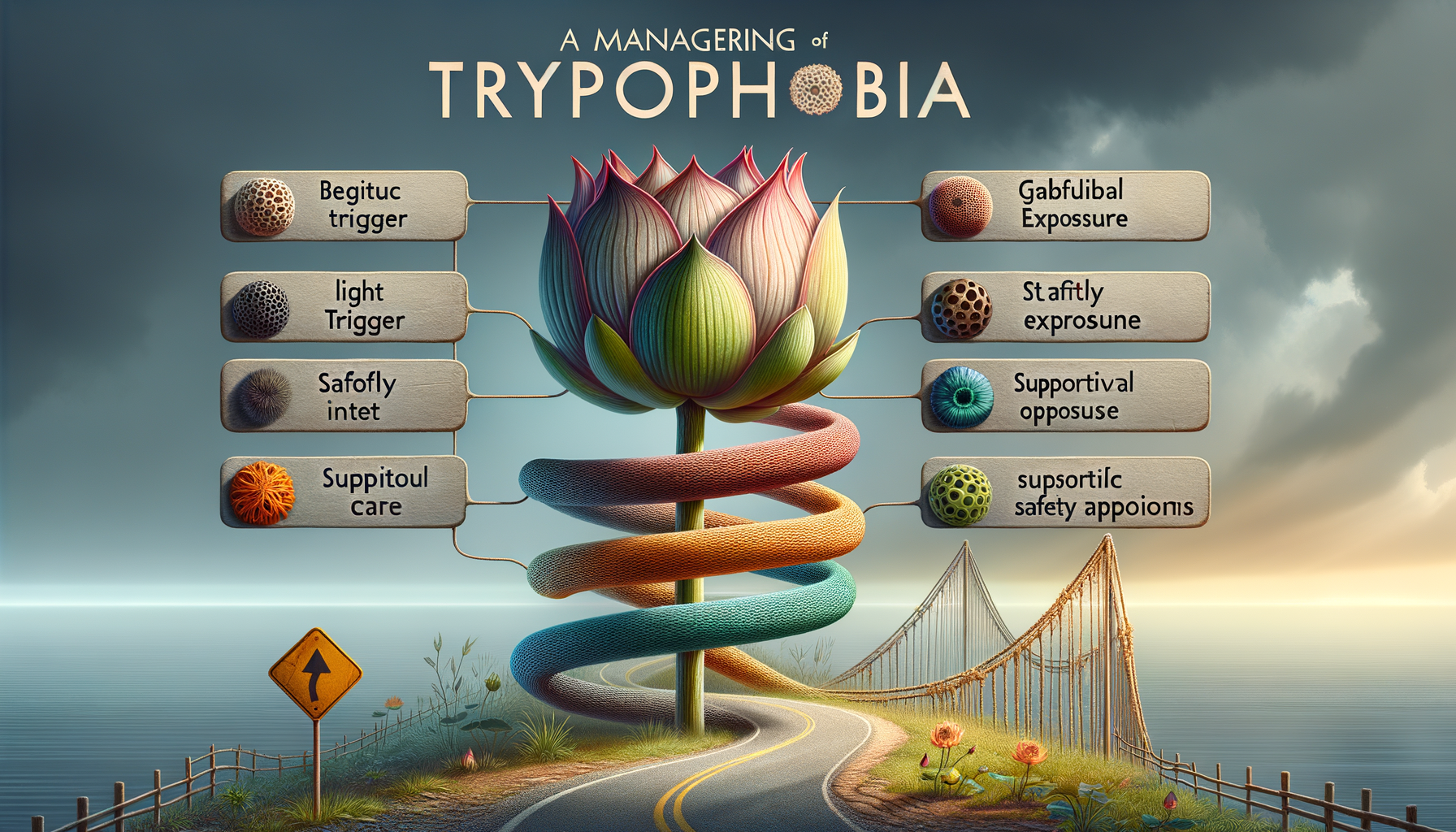Understanding Trypophobia and Its Impact
Trypophobia, though not officially recognized as a medical condition, is a term used to describe an aversion to the sight of clusters of small holes or bumps. This aversion can lead to feelings of discomfort, anxiety, and even panic attacks for some individuals. The peculiar nature of trypophobia, often triggered by everyday objects like sponges, honeycombs, or even certain types of food, makes it a unique challenge to address. Understanding the psychological and emotional impact of this phobia is crucial for developing effective management strategies.
Research indicates that the discomfort associated with trypophobia might be linked to an evolutionary response. Some theories suggest that clusters of holes could resemble patterns found in dangerous animals or infectious diseases, triggering a natural aversion. Regardless of its origins, the distress it causes is real for those affected. Recognizing the significance of trypophobia is the first step towards seeking appropriate care and support.
Managing Trypophobia Through Gradual Exposure
One of the most effective methods for managing phobias, including trypophobia, is gradual exposure therapy. This approach involves slowly and systematically exposing individuals to the source of their fear in a controlled and safe environment. The goal is to desensitize the individual to the trigger, reducing their anxiety over time. For trypophobia, this might involve looking at images of less triggering patterns before gradually moving to more intense ones.
Gradual exposure can be tailored to each individual’s comfort level. It typically begins with visualization exercises, where the person imagines the trigger in their mind. As they become more comfortable, they might progress to looking at images or videos, eventually encountering the trigger in real life. This step-by-step process helps individuals build resilience and reduce their emotional response to the phobia.
The success of gradual exposure therapy depends on consistency and patience. It’s important for individuals to work closely with a mental health professional who can guide them through the process, ensuring they are not overwhelmed at any stage. Over time, many people find that their reactions to trypophobic triggers diminish, allowing them to engage more fully with the world around them.
Behavioral Approaches for Phobia Care
Behavioral approaches offer a structured framework for addressing phobias, focusing on changing the thought patterns and behaviors associated with fear. Cognitive Behavioral Therapy (CBT) is one of the most widely used methods in this regard. CBT helps individuals identify and challenge irrational beliefs about their phobia, replacing them with more realistic and balanced thoughts.
In the context of trypophobia, CBT might involve exercises that encourage individuals to reframe their perceptions of clusters of holes. Instead of viewing them as threatening, they learn to see them as neutral or even interesting. This shift in perspective can significantly reduce the emotional impact of the phobia.
Another behavioral approach is mindfulness-based therapy, which emphasizes staying present and fully experiencing one’s surroundings without judgment. This can help individuals manage their reactions to trypophobic triggers by reducing anxiety and promoting a sense of calm. By incorporating mindfulness practices into their daily routine, individuals can gain greater control over their responses to phobic stimuli.
Supportive Options for Discomfort Linked to Visual Triggers
For those experiencing discomfort from trypophobia, supportive options can play a vital role in managing symptoms. These options often complement therapeutic approaches, providing additional resources to help individuals cope with their phobia. Support groups, either in-person or online, offer a platform for individuals to share their experiences and learn from others facing similar challenges.
Relaxation techniques such as deep breathing exercises, progressive muscle relaxation, and guided imagery can also be beneficial. These practices help reduce overall anxiety levels, making it easier to manage reactions to trypophobic triggers. Additionally, engaging in creative activities like art or journaling can provide an outlet for expressing emotions and processing experiences related to the phobia.
It’s important for individuals to explore different supportive options to find what works best for them. Combining these options with professional therapy can create a comprehensive care plan that addresses both the emotional and psychological aspects of trypophobia.
Conclusion: Navigating Trypophobia with Confidence
Managing trypophobia requires a multifaceted approach that combines gradual exposure, behavioral therapies, and supportive options. By understanding the nature of trypophobia and the strategies available for managing it, individuals can take proactive steps towards reducing their discomfort and improving their quality of life. Whether through professional guidance or personal exploration, the journey to overcoming trypophobia is one of resilience and empowerment.
Ultimately, the goal is to equip individuals with the tools and confidence needed to face their fears and live more comfortably. With patience and persistence, trypophobia can be managed effectively, allowing those affected to engage more fully with the world around them.




Leave a Reply